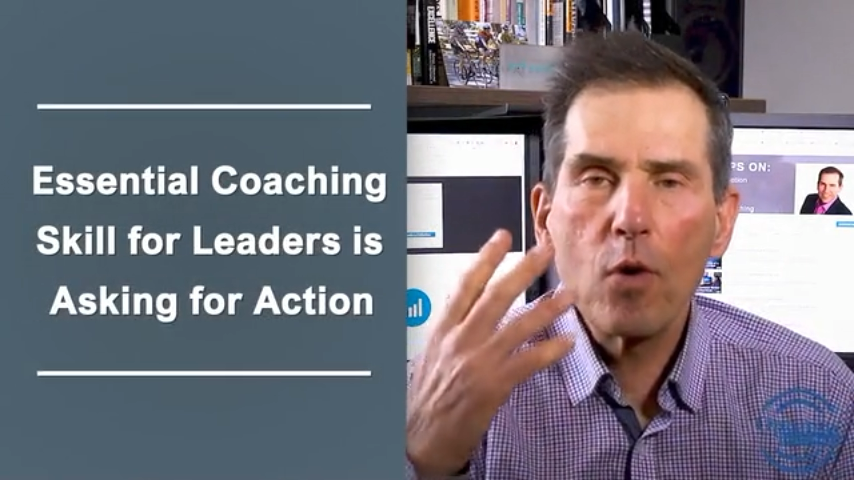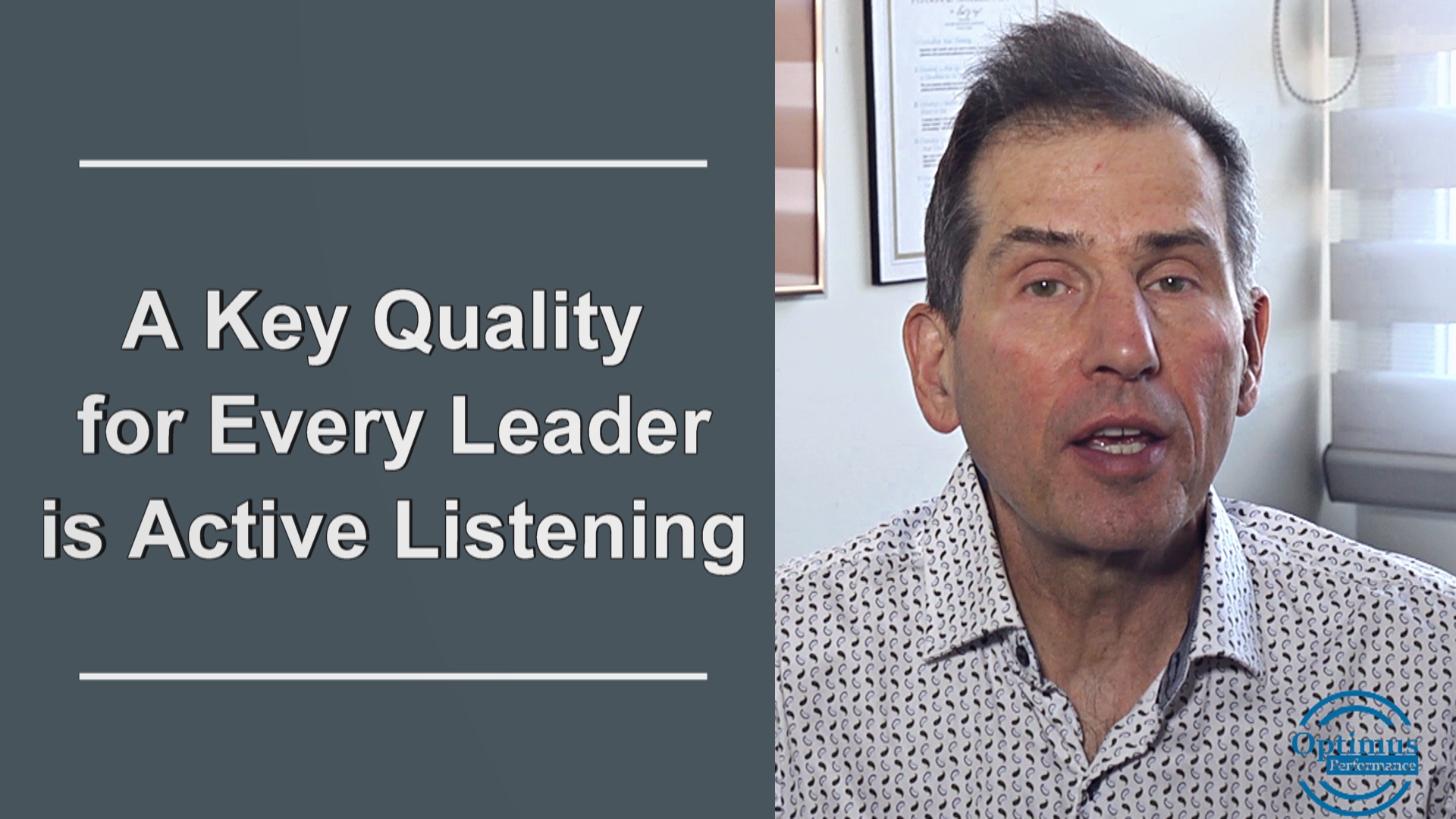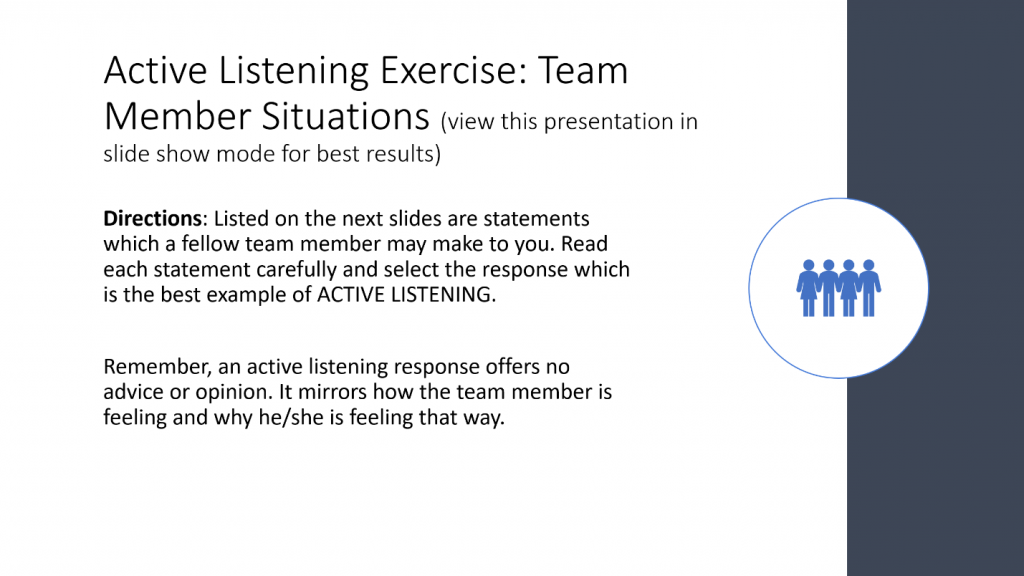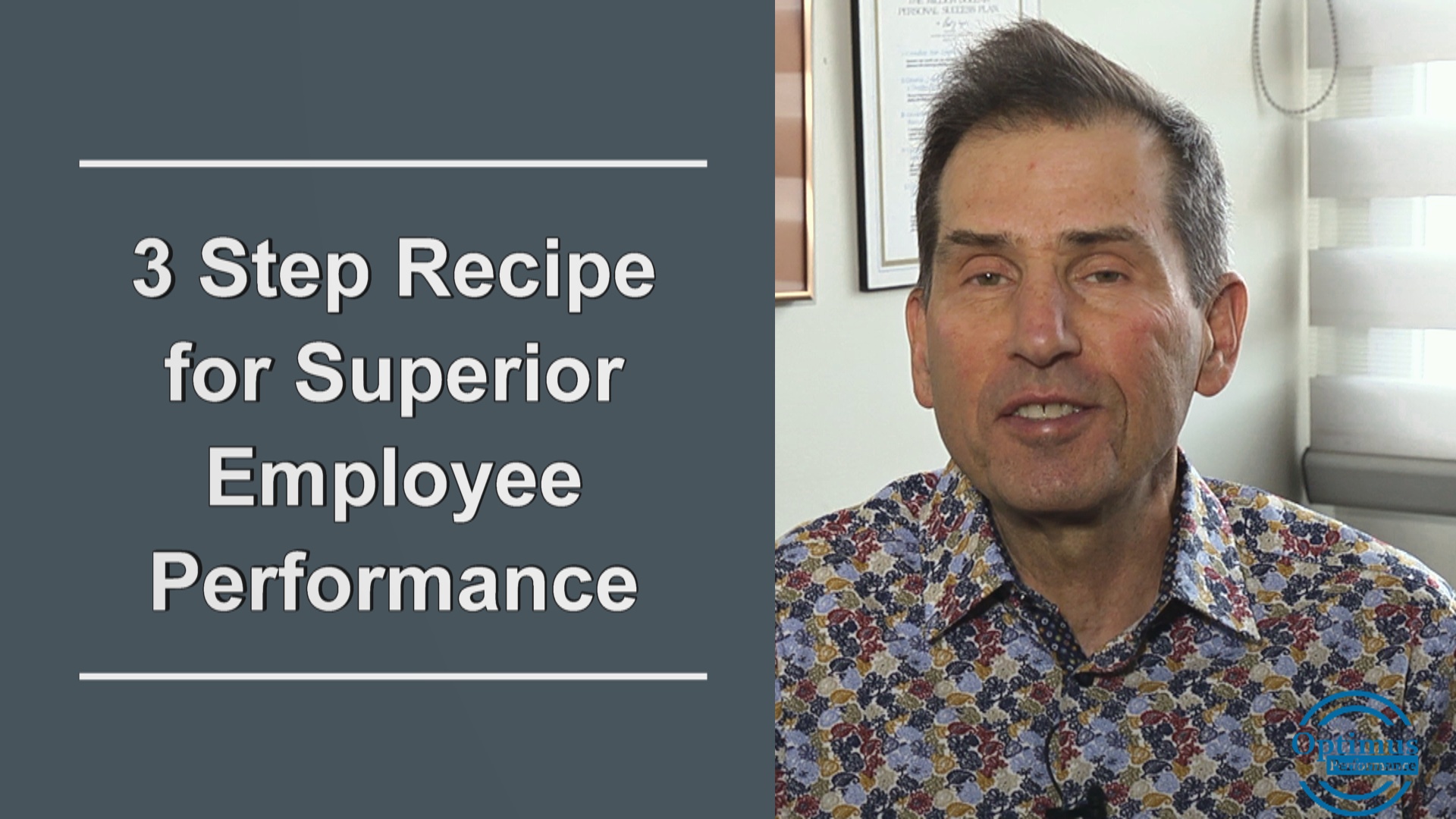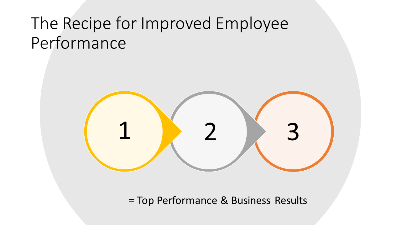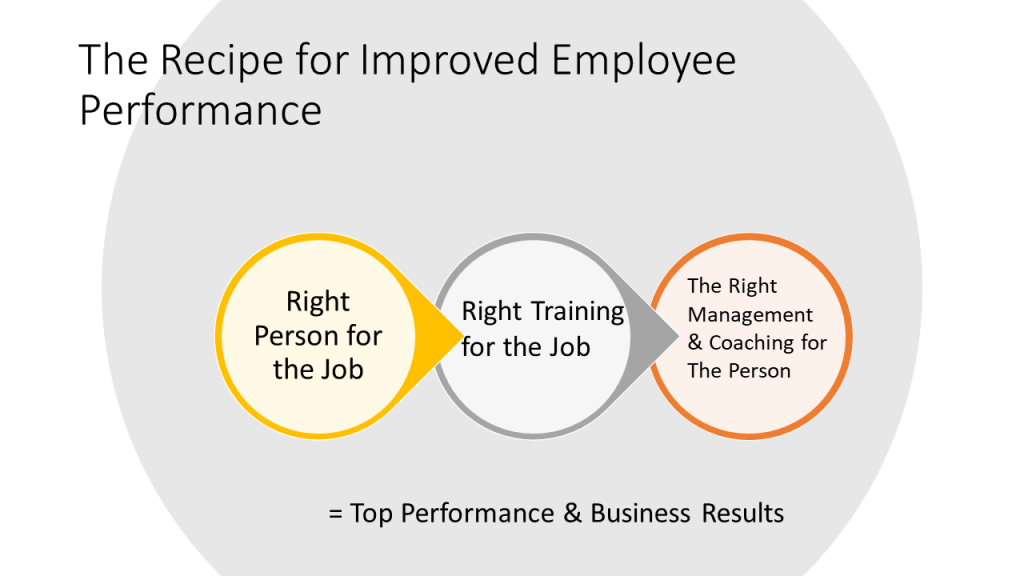In my two previous articles on coaching skills for leaders I talked about active listening and asking questions. These are two of the four essential coaching skills I recommend for leaders who want to adapt a coaching style of leadership.
The purpose of a coaching conversation with employees or even team members is to help them sort out a problem, set a new goal or any other subject that needs time away from discussing the day to day tasks.
Asking questions helps the person being coached sort things and also have someone they trust act as a sounding board. But at one point their needs to be action to resolve the problem or situation.
Asking the person what they can do as a first or next step will empower them to come up with their own solutions and get them to commit to taking responsibility to implement the action.
This is where the coach can challenge the person if they are not being realistic or setting an action that lacks challenge. Sometimes the coach needs to help boost the confidence of the person to express why they can achieve something more challenging. The coach needs to know the person well and be aware of their past accomplishments so they can remind them of past situations where they demonstrated their capability or perhaps where they may have overshot what they thought they could accomplish.
A useful tool here would be my goal planning worksheet. This can help the employee write down a goal and the action steps involved. The coach would guide them through the goal setting process if necessary. Putting goals and commitments in writing is a great way to make things clear and measurable.
It’s imperative that the coach sets a follow-up meeting to review progress. This will solidify commitment and drive accountability. Make sure to set appointments in both agendas once the followup date and time is agreed on.
I will go over following-up in my next article and video as this is the 4th skill I recommend developing to be good at coaching employees to solve their own problems, work on improvement initiatives an to promote personal development and training.
